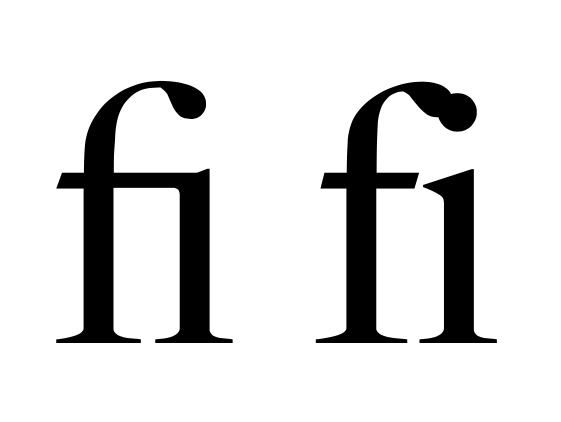A zero width non joiner (ZWNJ) only interrupts ligatures. These are hard to notice in the latin alphabet but are most frequent in serif fonts displaying some specific combinations of lowercase letters. There are a few alphabets, such as the arabic abjad, that use ligatures very prominently.
![Example of ligature fi]()
A zero width space (ZWSP) does everything a ZWNJ does, but it also creates opportunities for line breaks. Very good for displaying file paths and long URLs, but beware that it might screw up copy pasting.
By the way, I tested regular expression matching in Python 3.8 and Javascript 1.5 and none of them match \s. Unicode considers these characters as formatting characters (similar to direction markers and such) as opposed to space/punctuation. There are other codepoints in the same Unicode block (e.g. Thin Space, U+2009) that are considered space by Unicode and do match \s.

